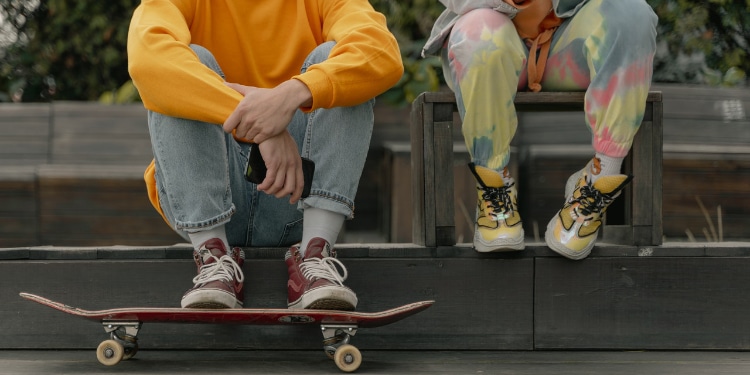











“The ever-expanding field of virtual reality (VR) has been used in health care settings like physical rehabilitation, and has made its way into therapy settings to reduce phobias and delusions”, so could this new trend become a cutting-edge therapy for certain mental health disorders? Let’s take a look at research just published in the Journal of Art Therapy Association, entitled: “Virtual Reality in Art Therapy: A Pilot Qualitative Study of the Novel Medium and Implications for Practice”.

Researchers from the Creative Arts Therapies Department of Drexel University College of Nursing and Health Professions, carried out a study to determine whether virtual reality could be a suitable instrument within the field of art therapy. Indicating potential promise, the lead study author, and College of Nursing and Health Professions associate professor, Girija Kaimal, EdD, noted: “Art therapy is founded on the idea that creative expression with an art therapist facilitates communication and problem solving, reduces inhibition, alleviates depressive symptoms and promotes personal development”.
Tools such as virtual reality can potentially help individuals with motor-related, cognitive and sensory disabilities, as they can help self-expression, and: “facilitate the exploration of imaginal worlds, which is a central tenet of the creative processes of both art and play”. The project’s co-investigator, who is the College of Nursing and Health Professions’ director of Research Labs, Arun Ramakrishnan, PhD, noted: “with the availability of cost-effective VR solutions, we are seeing an increased adoption of these technologies in hospitals, clinics and healthcare facilities”.
This involved 5 men and 12 women taking part in making free-from, immersive virtual reality art for approximately 20 to 25 minutes. All the participants used remote control devices, a HTC VIVE VR headset, and a Leap Motion controller that ran on a personal computer capable of supporting a virtual space session. The state-of-the-art software comprised: “Tilt Brush by Google, to create 3D images in VR; Kodon, for virtual sculpting; and Nature Treks, for an immersive three-dimensional environment for relaxation”.
Once the session was completed, those who took part were asked to save the artwork they had created, and share their experience with the art therapist. Discussing the results, Kaimal stated that: “Most participants reported feeling energized and elated by the experience of being in an imaginal space that was unlike anything that existed in the material world. Some were, however, disappointed by the lack of tangible, physical engagement with the medium and for a few, the experience was disorienting”.
The study authors concluded that: “creative expression in VR reduced inhibitions, activated full-body movements and enhanced mood and creative play exploration among participants. They enjoyed the 3D virtual environment and being able to see the art from different angles and perspectives. It also challenged the participants’ perceptions of physical reality, traditional art making and art media”. On a less positive note, however, the researchers determined that in the case of those with inner ear, perception or cognitive issues, virtual reality can be disorientating.